QP challenges in ATMPs
Advanced Therapeutic Medicinal Products are – by definition – ‘advanced’. In order to meet the new scientific progress, the European Commission has published a separate regulation which lays down specific rules concerning the authorization, supervision and pharmacovigilance of ATMPs (regulation 1394/2007). The regulation defines three types of ATMPs; gene therapy medicines, somatic cell medicines and tissue engineered medicines. The definition of different types of ATMPs can be found in our QbD blog Anything you need to know about ATMPs: FAQ.
Due to the specific nature of ATMPs, new challenges need to be addressed. As explained in EU directive 2001/83/EC, a registered Qualified Person (QP) is responsible for the certification of medicinal products prior to their release. This and the applicable responsibilities of a QP do not differ between small molecule medicinal products and ATMPs. However, the difficulties faced by a QP are different. These new challenges and difficulties are situated throughout the entire manufacturing process. In this blogpost, we give more insights into the challenges a QP faces regarding sterility, out-of-specification handling, batch release and EU import testing.
One of the challenges is the aseptic risk associated with the ATMP manufacturing. ATMP administration requires injection, infusion or transplantation of the medicinal product. Therefore, the ATMP product needs to be provided in a sterile/aseptic way. Unlike the traditional small molecule medicinal products, a sterile filtration or terminal sterilization is not always possible. Either because these methods impede the structure or the function, or because cells are simply too large to pass through the pore size of the filter. As stated in part IV of the GMP guidelines all processes related to aseptic processing need to be validated before entering clinical I phase trials. The combination of gowning requirements, clean room qualification and validation of these aseptic processes by media fill and a validated sterility test method needs to guarantee the sterility of the product.
Not like traditional medicinal products
Due to a higher variability of starting materials and the quality of raw materials, a higher level of deviations and out-of-specification (OOS) results is more likely. In case of an out-of-specification result, there is the possibility to release the batch and administrate it to the patient. This contrasts with traditional medicinal products, where a product which does not comply with the specifications cannot be certified and released. A QP cannot certify an OOS ATMP batch, the release of these batches is based on a documented request by a treating physician. The QP needs to assure that verification according to GMP Part IV – 11.27 has been performed. Prerequisites to release the OOS batch are mentioned in GMP Part IV – 11.5. These prerequisites are: 1. an immediate, significant hazard to the patient 2. a risk assessment identifying the risks related to quality, safety and efficacy and 3. a documented physician’s decision. The supervisory authorities granting the marketing authorization application (MAA) and EMA need to be informed within 48 hours by a Quality Defect Report. Considering the sometimes short shelf life of ATMPs, traditional release procedures are too long and time consuming. Therefore, batch release is performed prior to obtaining all QC results. Batch release can be given prior to knowing the sterility test result. After obtaining the sterility test result, an official certification can be performed.
What if the ATMP batch is not sterile?
Referring to the aseptic process challenges for an ATMP, the question “What if the ATMP batch is not sterile?” rises. This out-of-specification batch can be administered to the patient in case the requirements of GMP Part IV-11.5 are fulfilled. And maybe an antibiotic program can accompany the treatment. This does not imply that not all measures should be taken to have a sterile product, but it is a new challenge for qualified persons on how to deal with out-of-specification results. A Q&A document on how to handle an OOS for authorized batches was published by the EMA in April 20191.
The obligation to perform import testing in case a medicinal product is manufactured in a third country, does not always apply to ATMPs. There are exemptions from EU batch retesting. For example, when only a limited amount of material is available or if the ATMP has a short shelf life. In case of exemptions, the manufacturing of the ATMP needs to be performed according to EU GMP guidelines. This implies an audit prior importation is required. As the Qualified Person takes on the responsibility of certifying this batch from a third country, the audit is preferably performed by the QP. Other obligations by the Qualified Person in the certification of ATMPs are not waived in case of importation. Therefore, additional documents from the third country can be necessary.
As pointed out, the QP challenges need to be faced throughout the entire manufacturing process. How to deal with these challenges is a field of expertise in itself. One of QbD’s focal points is ATMPs (combined with QP services).







.png?width=109&height=108&name=Pharma%20(2).png)
.png?width=111&height=108&name=Medical%20Devices%20(2).png)
.png?width=84&height=107&name=IVD%20(2).png)






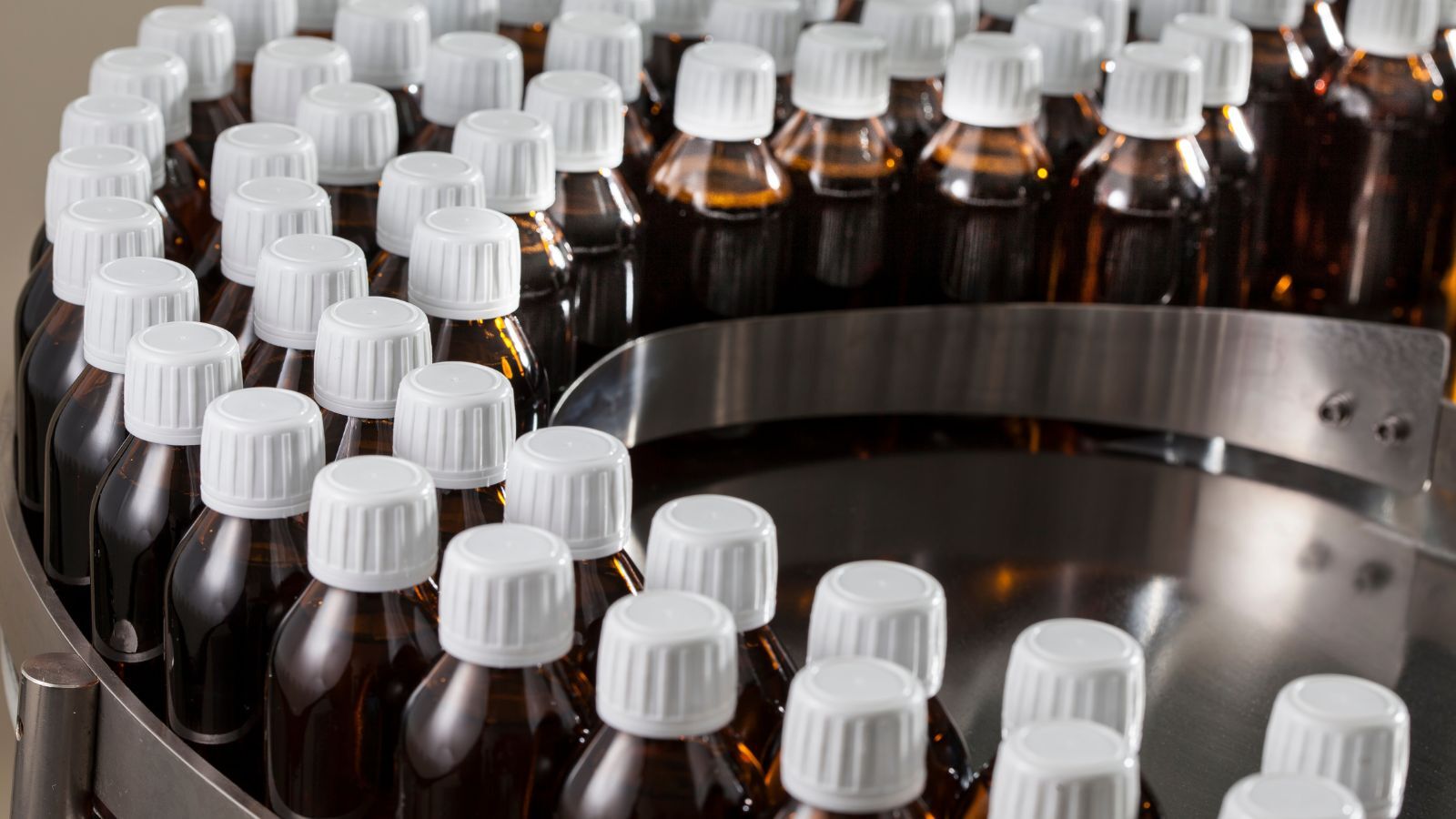
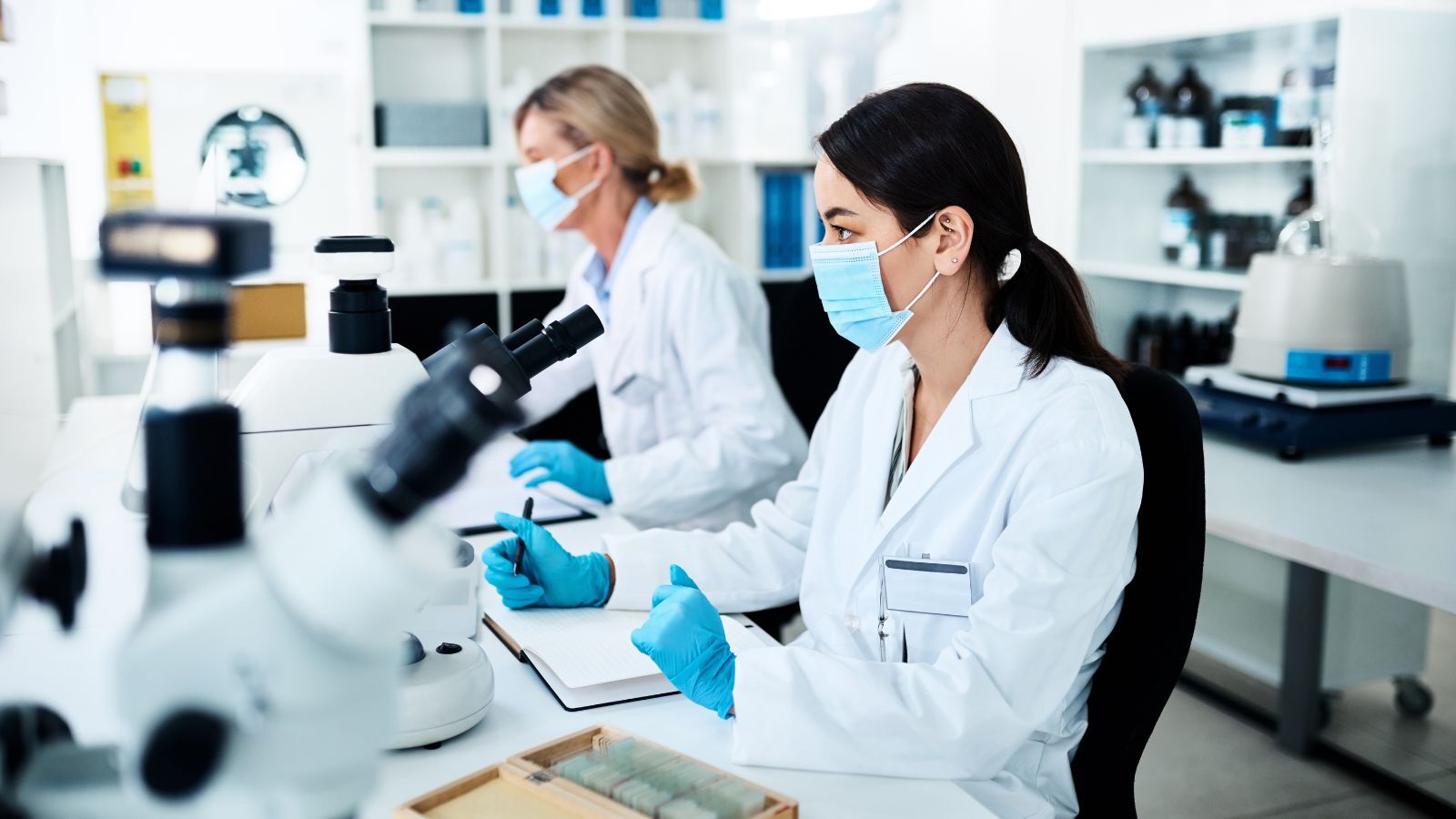
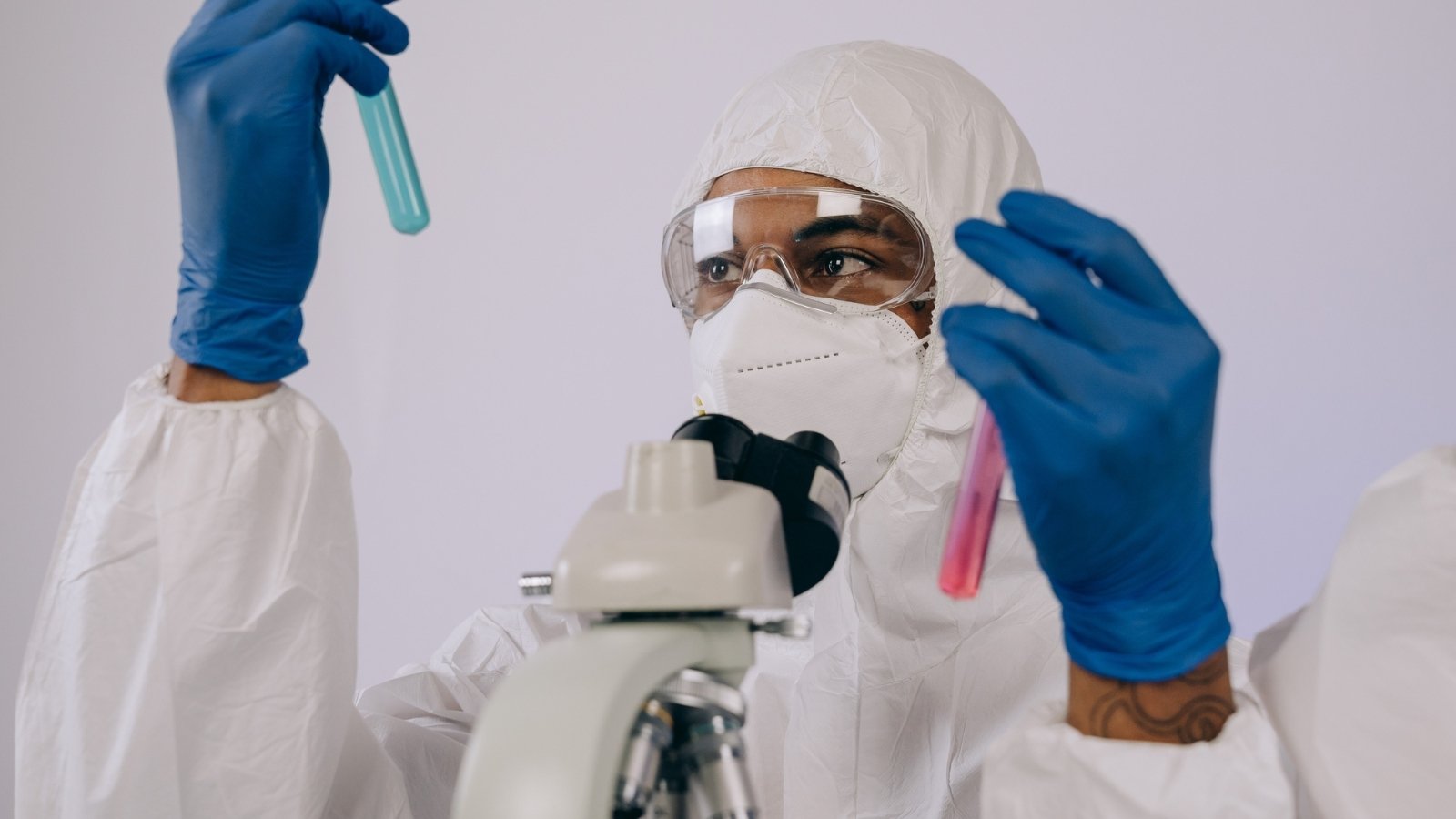


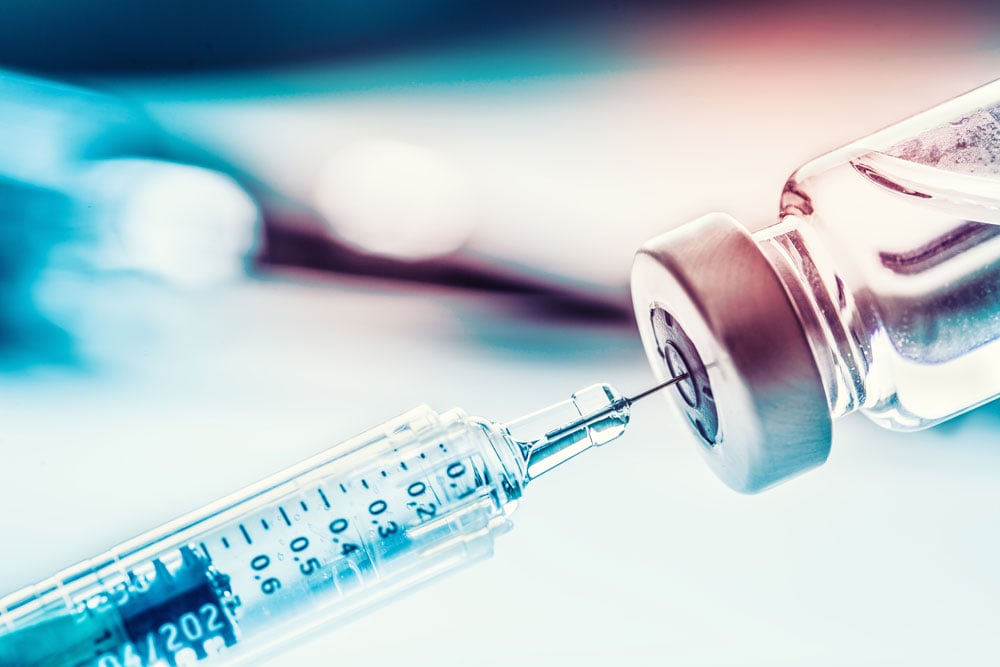
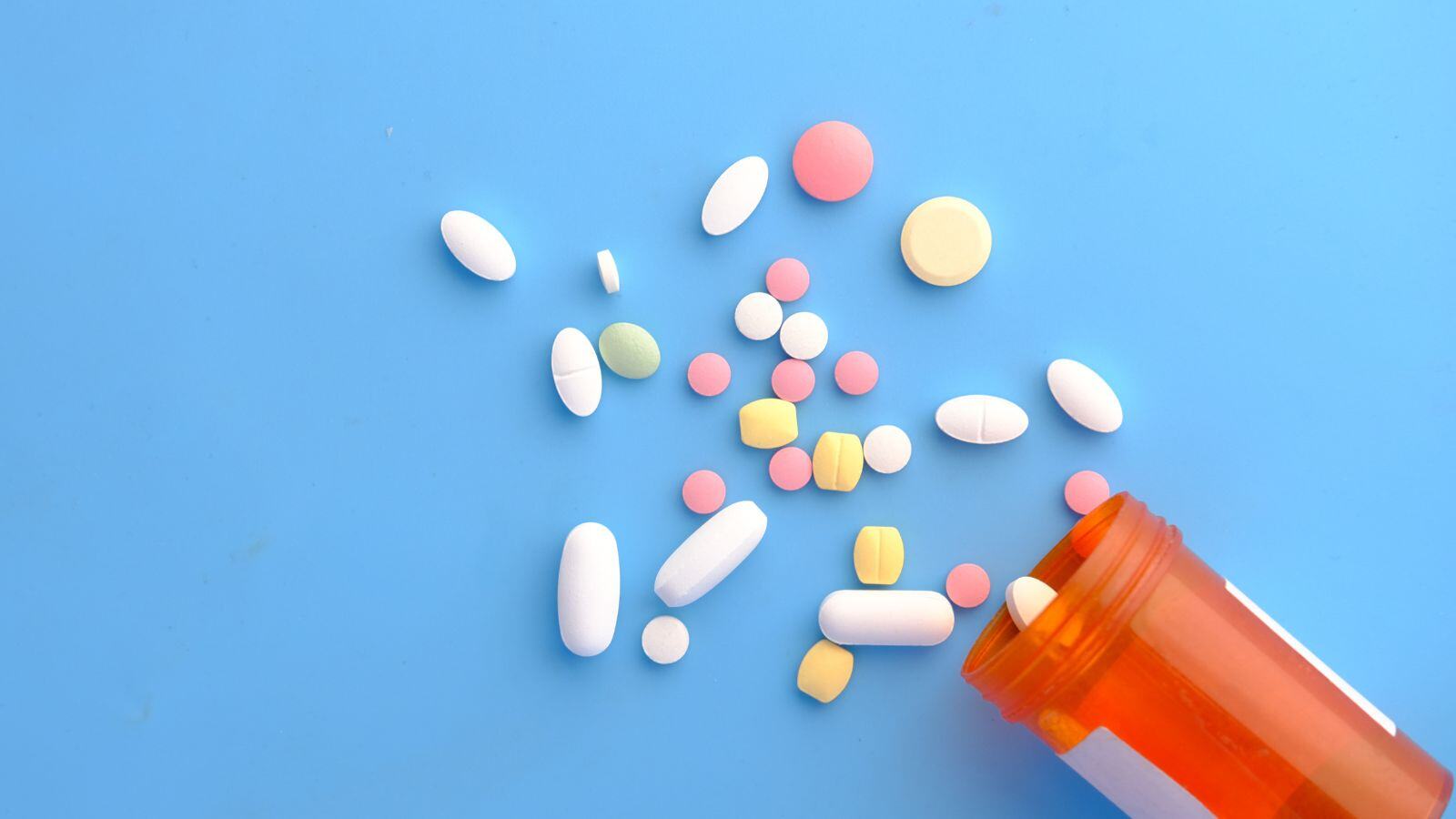


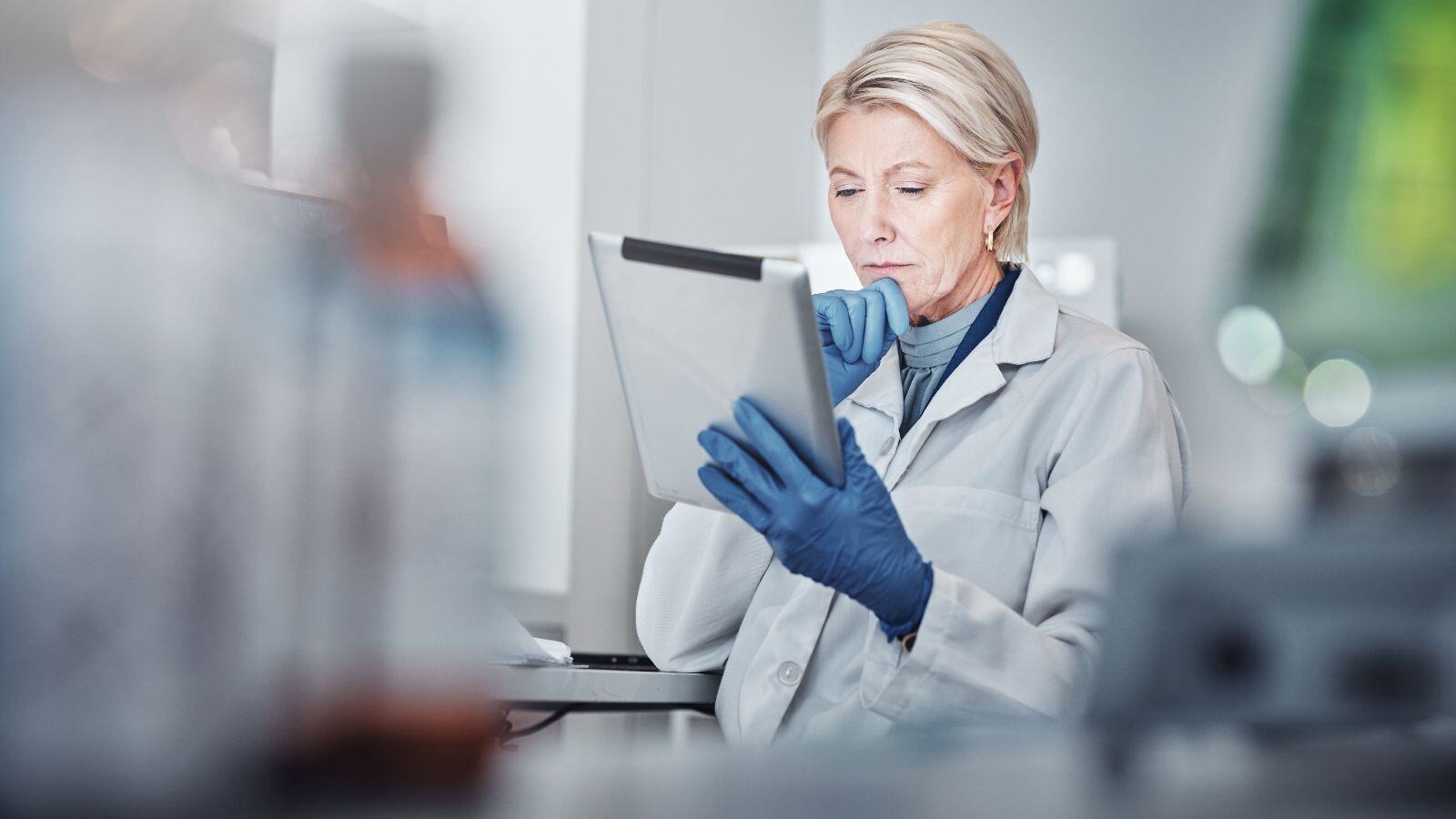
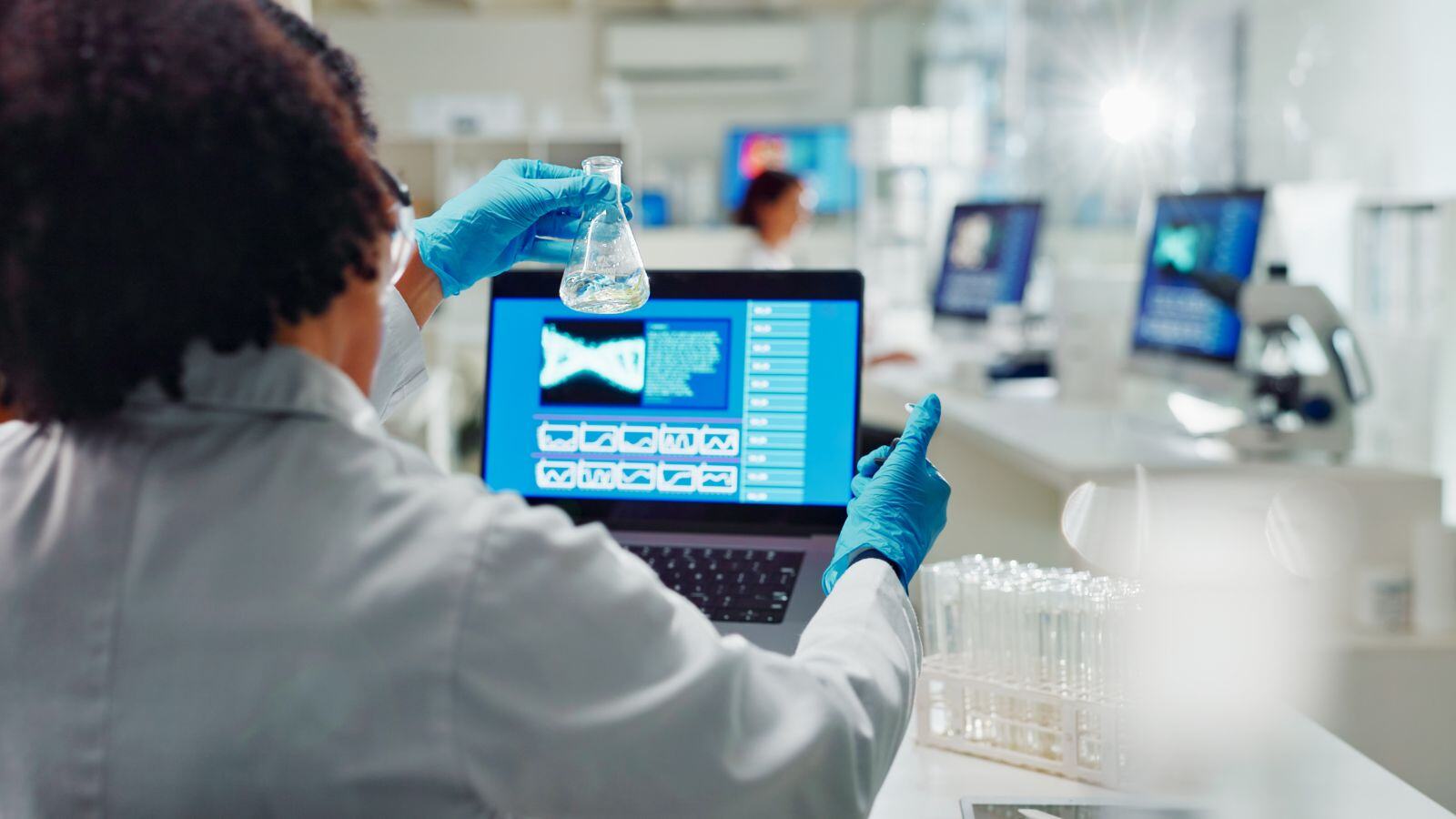


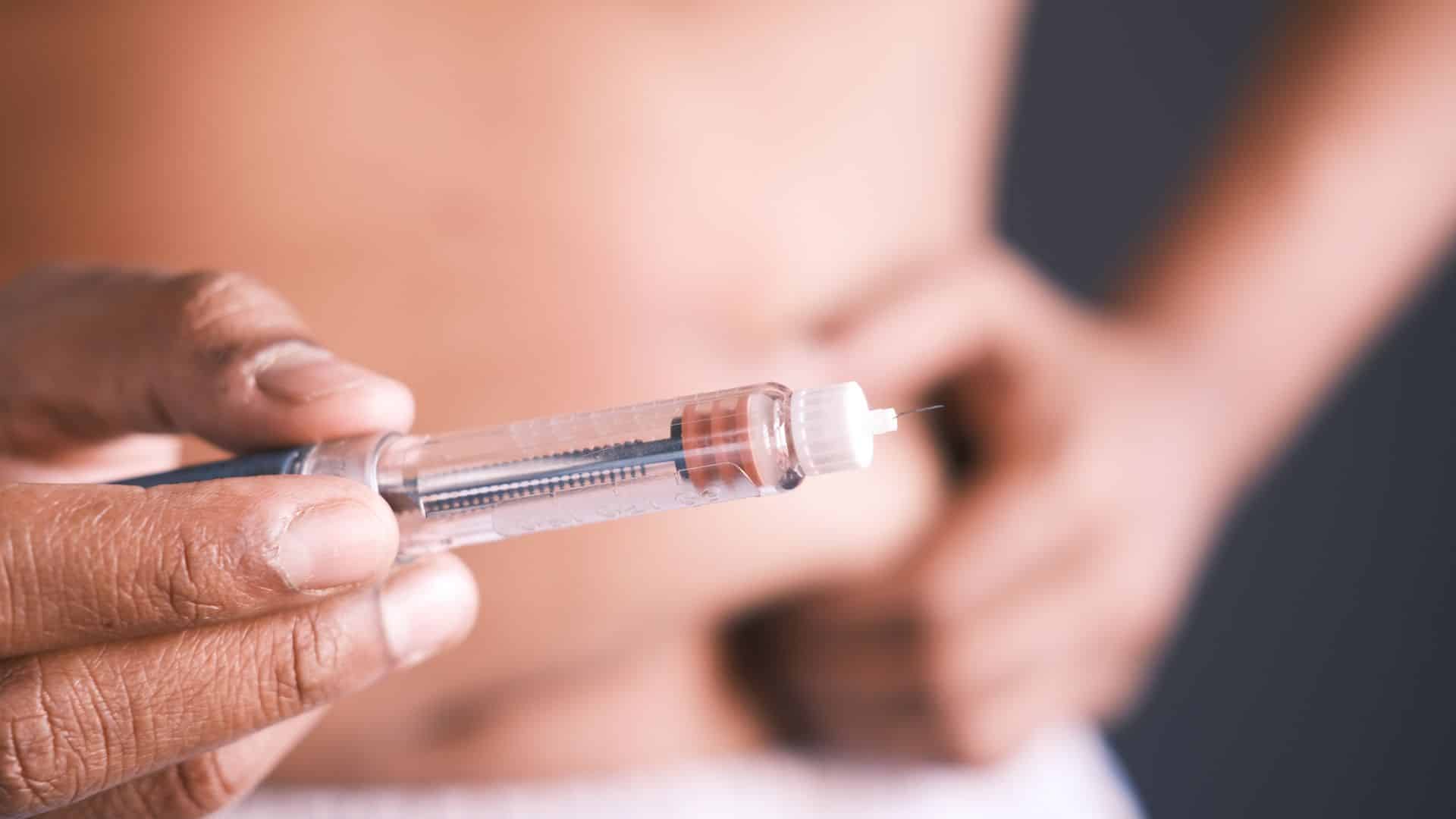
.jpg)

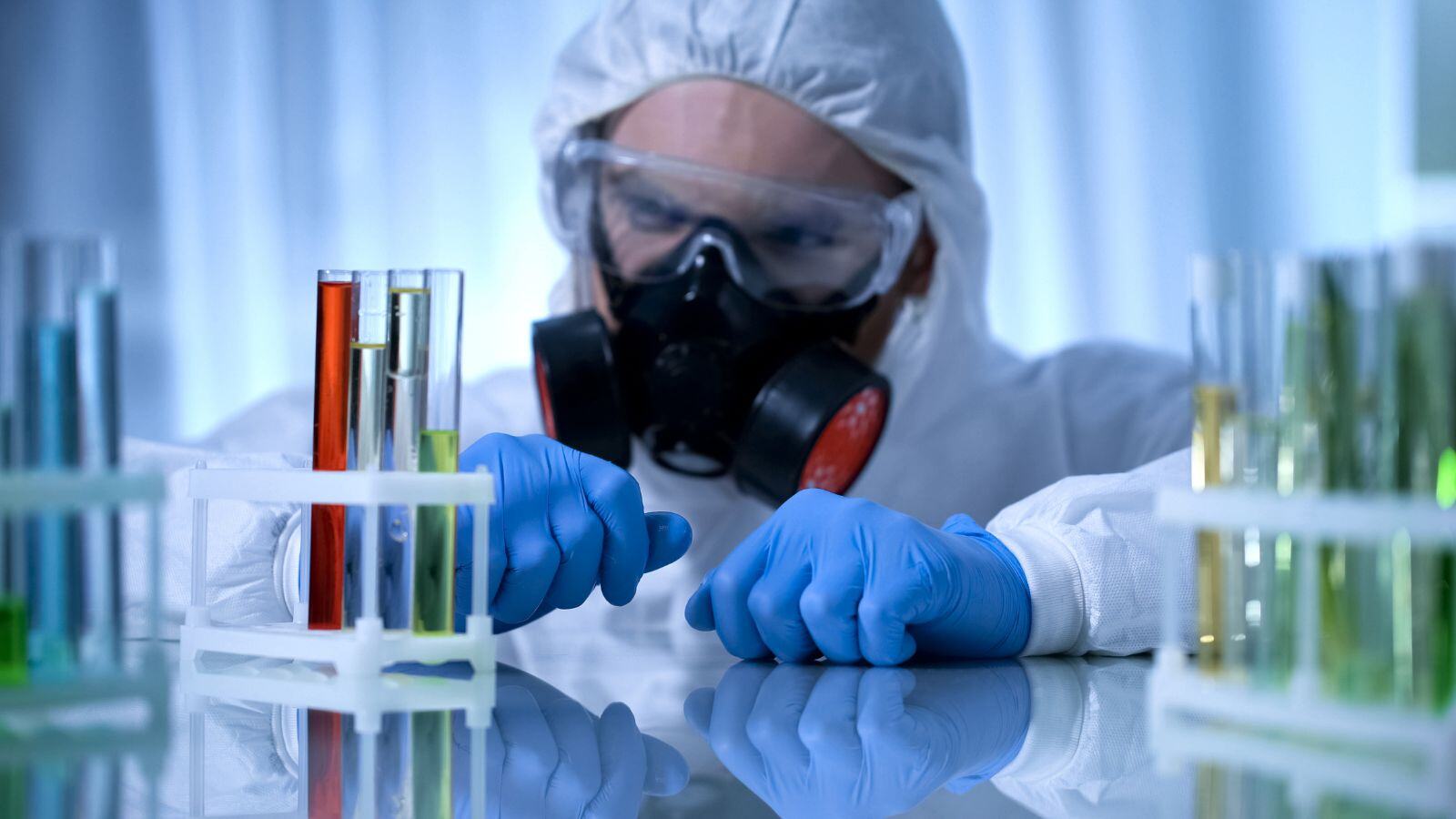

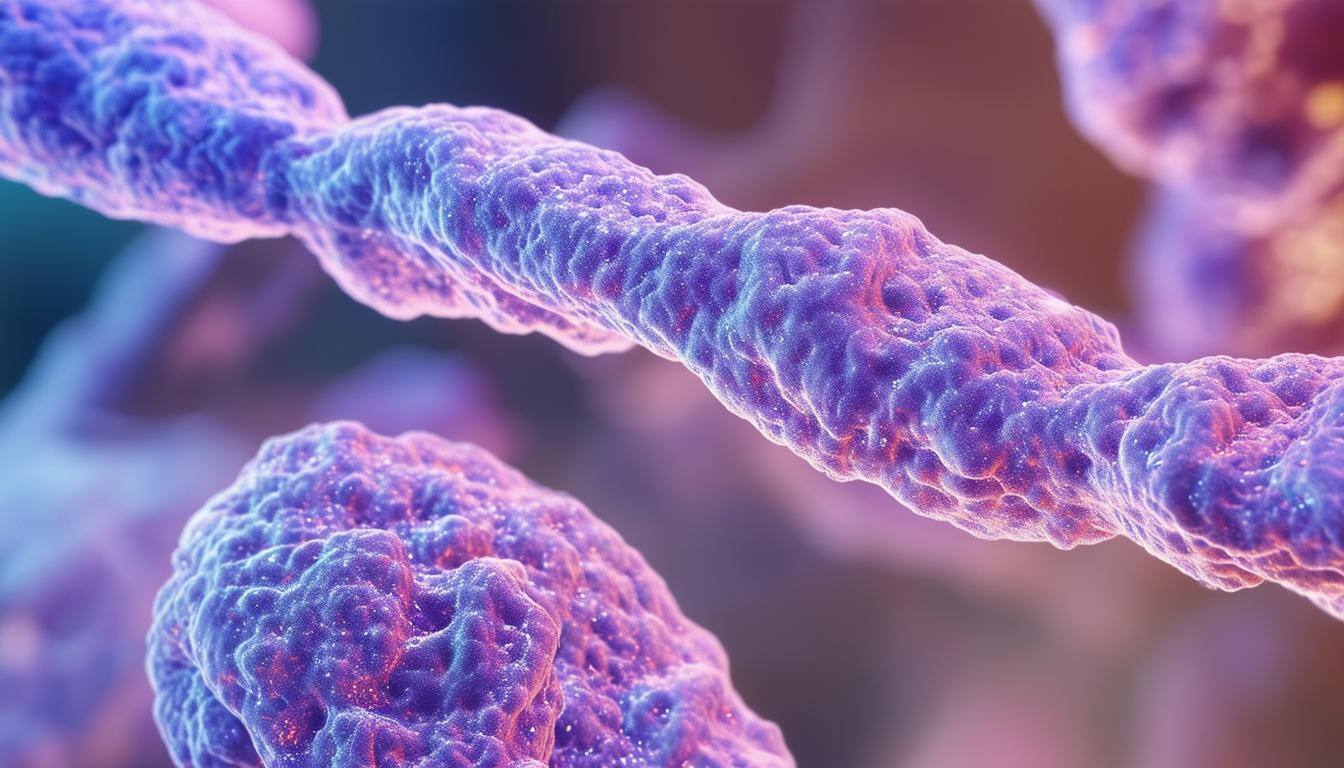
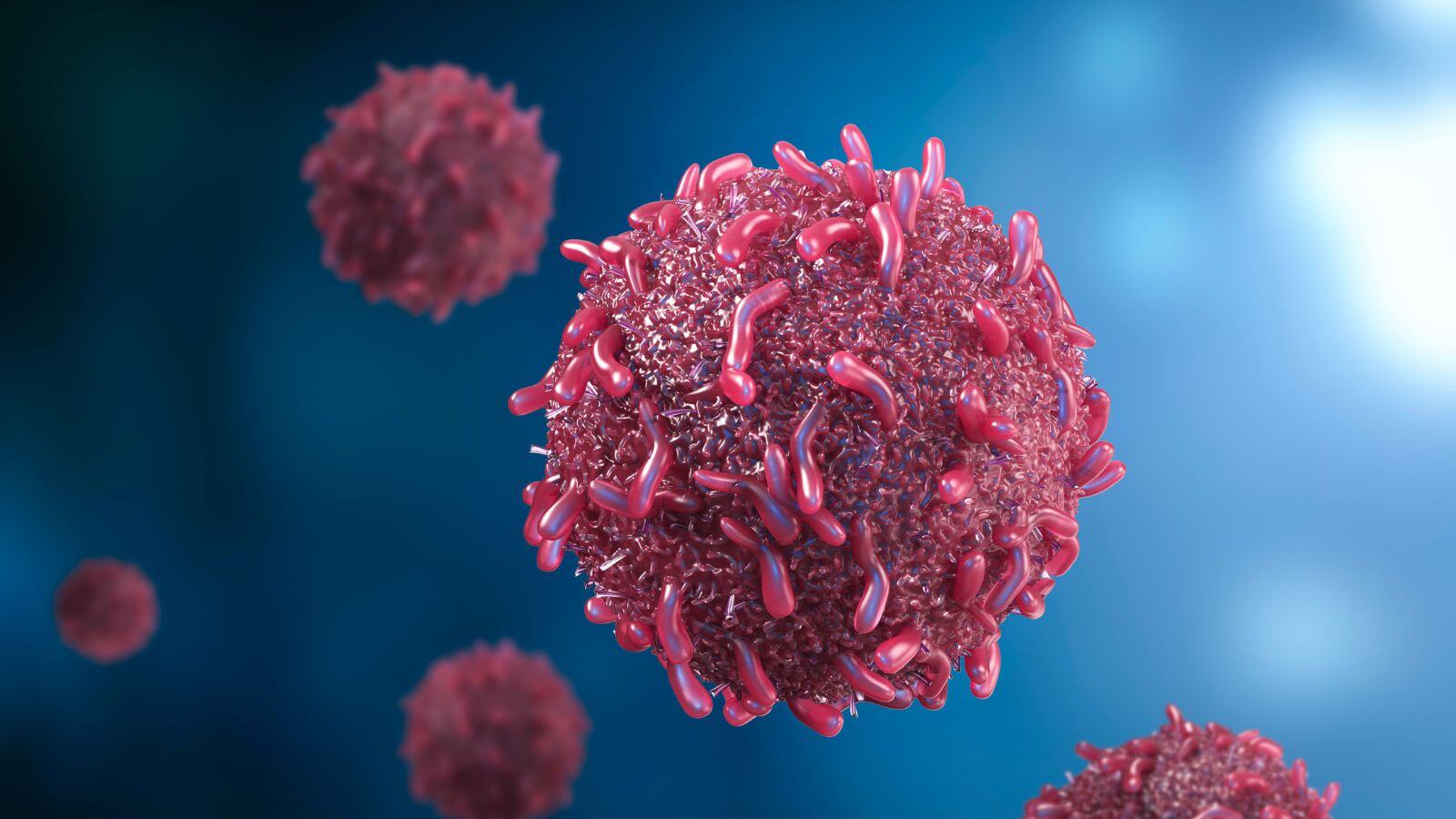



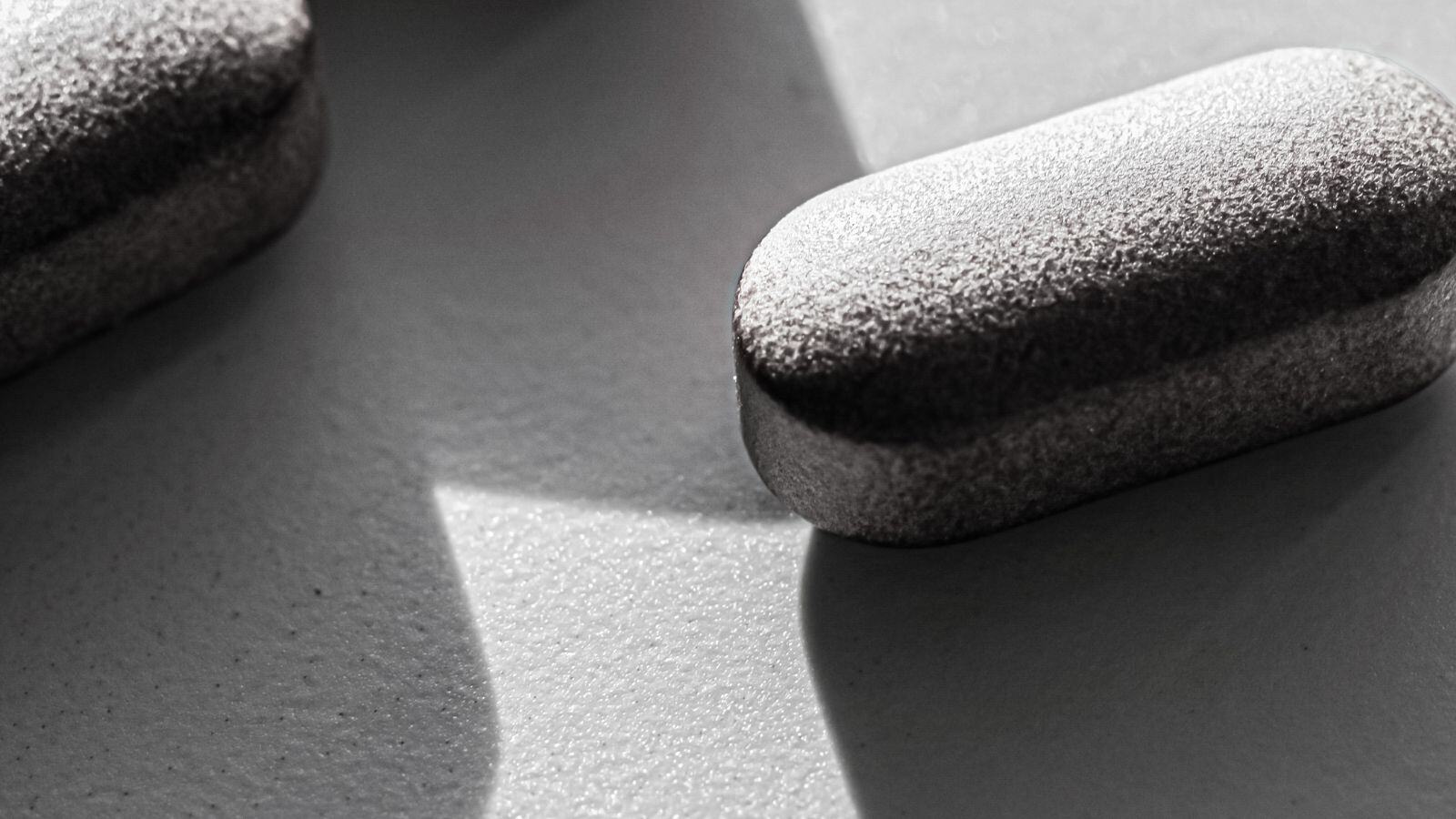


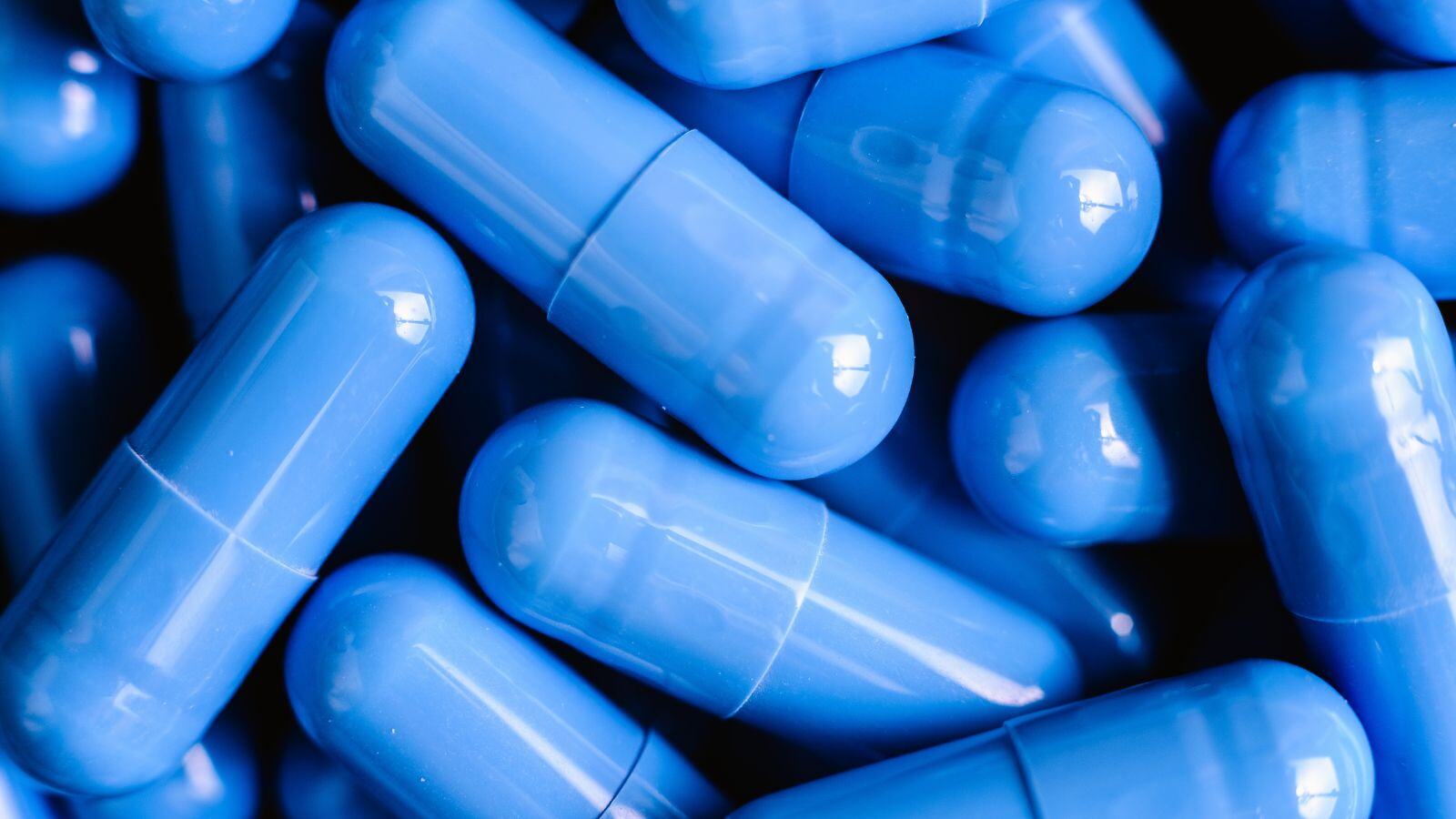









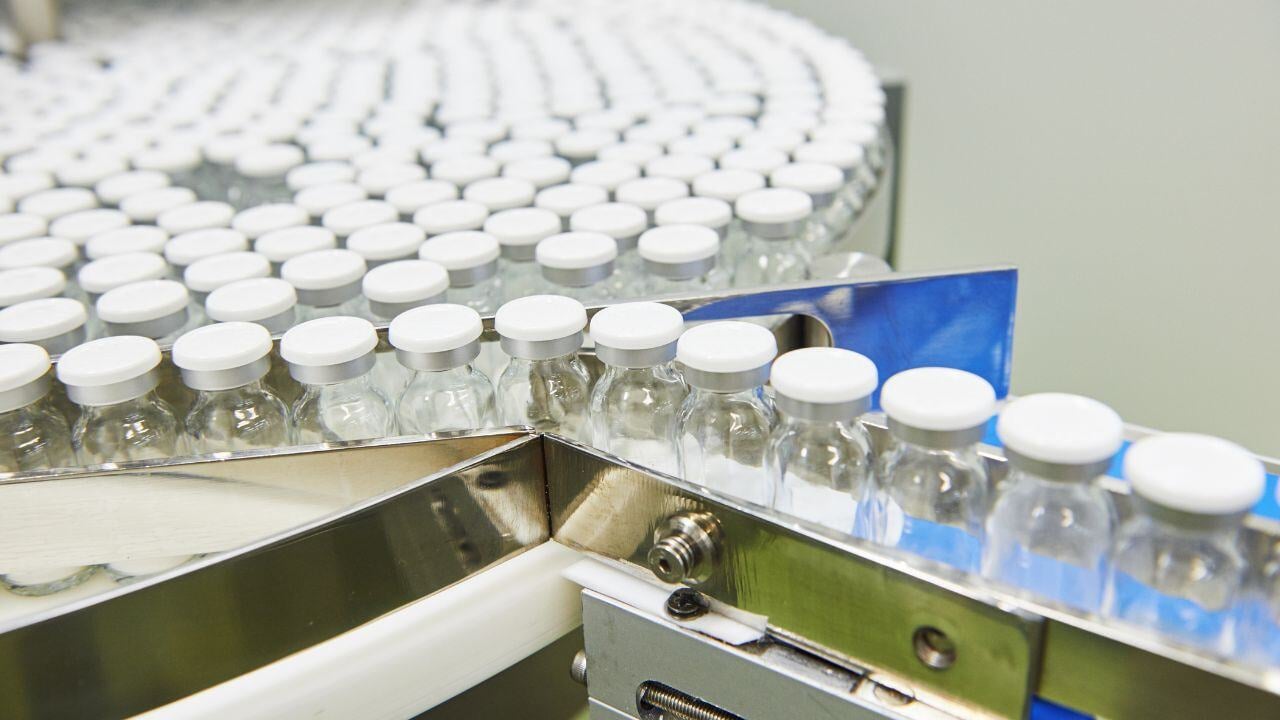
.png)
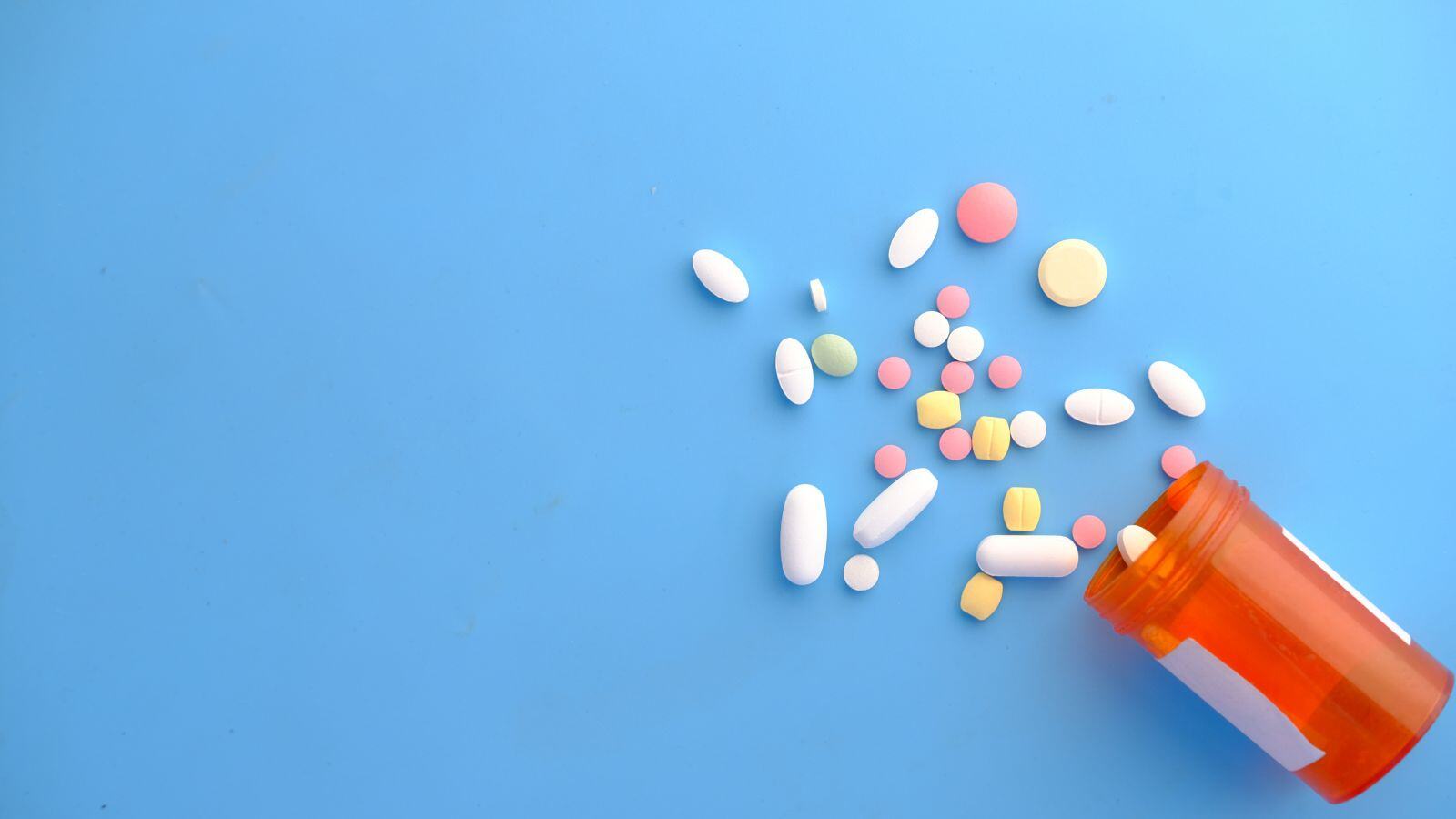
.jpg)